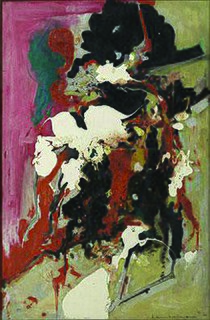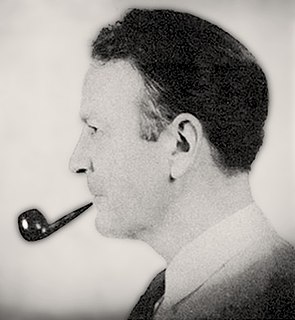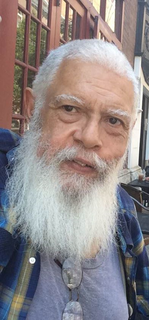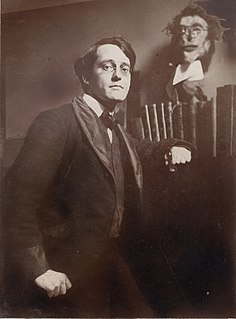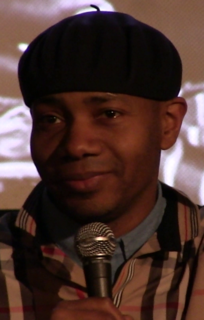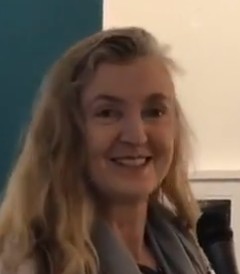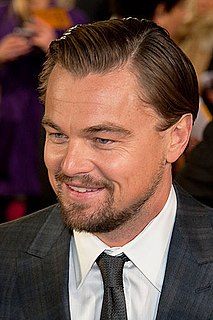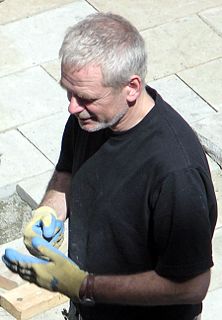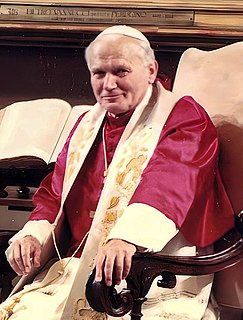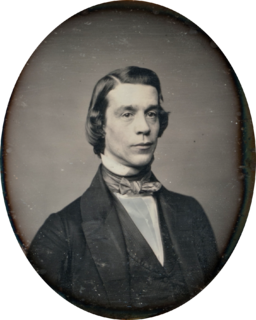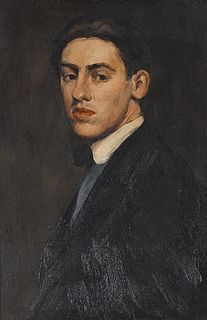A Quote by Hans Hofmann
Color is a plastic means of creating intervals... color harmonics produced by special relationships, or tensions. We differentiate now between formal tensions and color tensions, just as we differentiate in music between counterpoint and harmony.
Related Quotes
Just as counterpoint and harmony follow their own laws, and differ in rhythm and movement, both formal tensions and color tensions have a development of their own in accordance with the inherent laws from which they are separately derived. Both, however, aim toward the realization of the same image. And both deal with the depth problem.
I think that we live in a remarkably networked world. The problem with that, of course, is that tensions can travel in nanoseconds across the Internet, and so the tensions between Shiites and Sunnis in Baghdad, or between Protestants and Catholics in Belfast - those show up in different parts of the world.
Actions are interesting to watch. I learn about the actors. Their movements are emblems of the tensions in this internal landscape, which their actions resolve. About-to-act is an interesting state to experience, because I am conscious of just those tensions. Acting itself feels fairly dull; it not only resolves, it obliterates those tensions from my consciousness. Acting is only interesting as it leads to new tensions that, irrelevantly, cause me to act again.
For many years, I have been moved by the blue at the far edge of what can be seen, that color of horizons, of remote mountain ranges, of anything far away. The color of that distance is the color of an emotion, the color of solitude and of desire, the color of there seen from here, the color of where you are not. And the color of where you can never go.
The difficulty with color is to go beyond the fact that it's color ? to have it be not just a colorful picture but really be a picture about something. It's difficult. So often color gets caught up in color, and it becomes merly decorative. Some photographers use it brilliantly to make visual statements combining color and content; otherwise it is empty.
Supporters of the national front, Mosaddeq, believe that in Iran, we don't have a nationalities problem, we don't have an ethnic problem. It is like living with your wife, with whom you are in love and you are intensely involved in, but you also have tensions. And their position is that they want to deny that these tensions exist.
With the persistence of tensions and conflicts in various parts of the world, the international community must never forget what happened at Hiroshima and Nagasaki, as a warning and in incentive to develop truly effective and peaceful means of settling tensions and disputes. Fifty years after the Second World War, the leaders of nations cannot become complacent but rather should renew their commitment to disarmament and to the banishment of all nuclear weapons.
The fact is, that of all God's gifts to the sight of man, color, is the holiest, the most divine, the most solemn. We speak rashly of gay color and sad color, for color cannot at once be good and gay. All good color is in some degree pensive, the loveliest is melancholy, and the purest and most thoughtful minds are those which love color the most.
